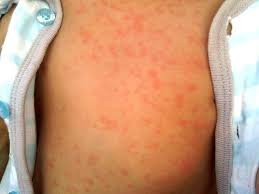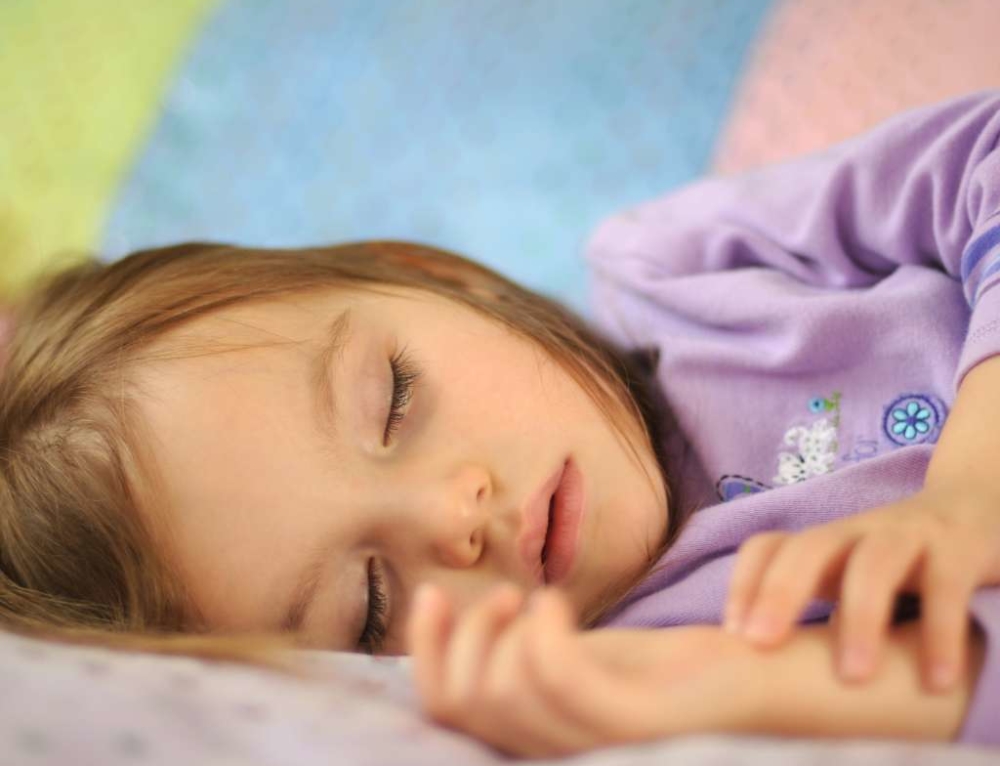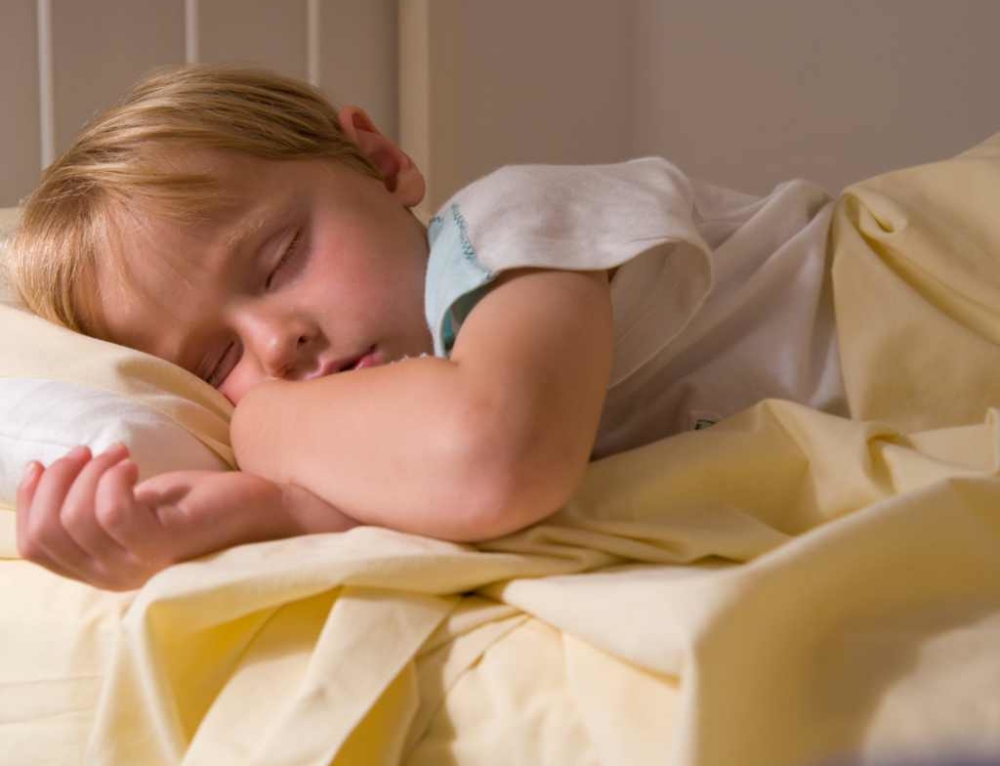Roseola infantum is a common childhood infection and most kids have contracted it by the time they are five.
What causes roseola?
It is caused by a herpes virus, usually human herpes virus 6 (HHV6) or human herpes virus 7 (HHV7). These are not the same herpes viruses that cause cold sores or genital herpes. Roseola is contagious and spreads when someone who has the virus coughs or sneezes. Your child can also get it from sharing toys or cups with a child that has the virus.
Is it serious?
Roseola is generally not serious. Kids who develop an extremely high fever – 39.4°C or higher – may be at risk for seizures.
Can I prevent roseola?
Like any virus, it is best prevented by thorough and frequent hand washing. If your child has roseola, keep her home from school or child care until she is no longer contagious, usually once the fever breaks. Once your child gets it, she will be immune from the effects of the virus.
How do I know if my child has roseola?
Roseola is characterised by a high fever (39°C or higher). Once the fever goes away, your child may develop a fine rash on her torso. The rash may or may not spread to the face, arms, and legs. The rash does not itch but may be hyper-sensitive and can last from three hours to three days. Your child may also have diarrhoea, a sore throat and a runny nose.
How do I treat roseola?
The best way to treat roseola is to manage the symptoms while the virus runs its course. Give your child paracetamol for fever and discomfort and monitor her temperature. Make sure that she gets lots of rest and plenty of fluids. Keep her home from child care or school until she feels better to prevent spreading the virus to other children. She should feel better in about a week.
Should I call the doctor?
Because high temperatures can cause febrile convulsions (seizures caused by high fever), consult your doctor if your child has a fever of more than 39.4°C. Call your doctor if the rash lasts longer than three days.
What you need to know:
- Roseola is caused by a herpes virus.
- It is characterised by a high fever followed by a fine rash.
Written by Rebecca Stigall for Kidspot, New Zealand’ s parenting resource for family health. Sources include Better Health Channel, Health and Health Insite.







Leave A Comment
You must be logged in to post a comment.